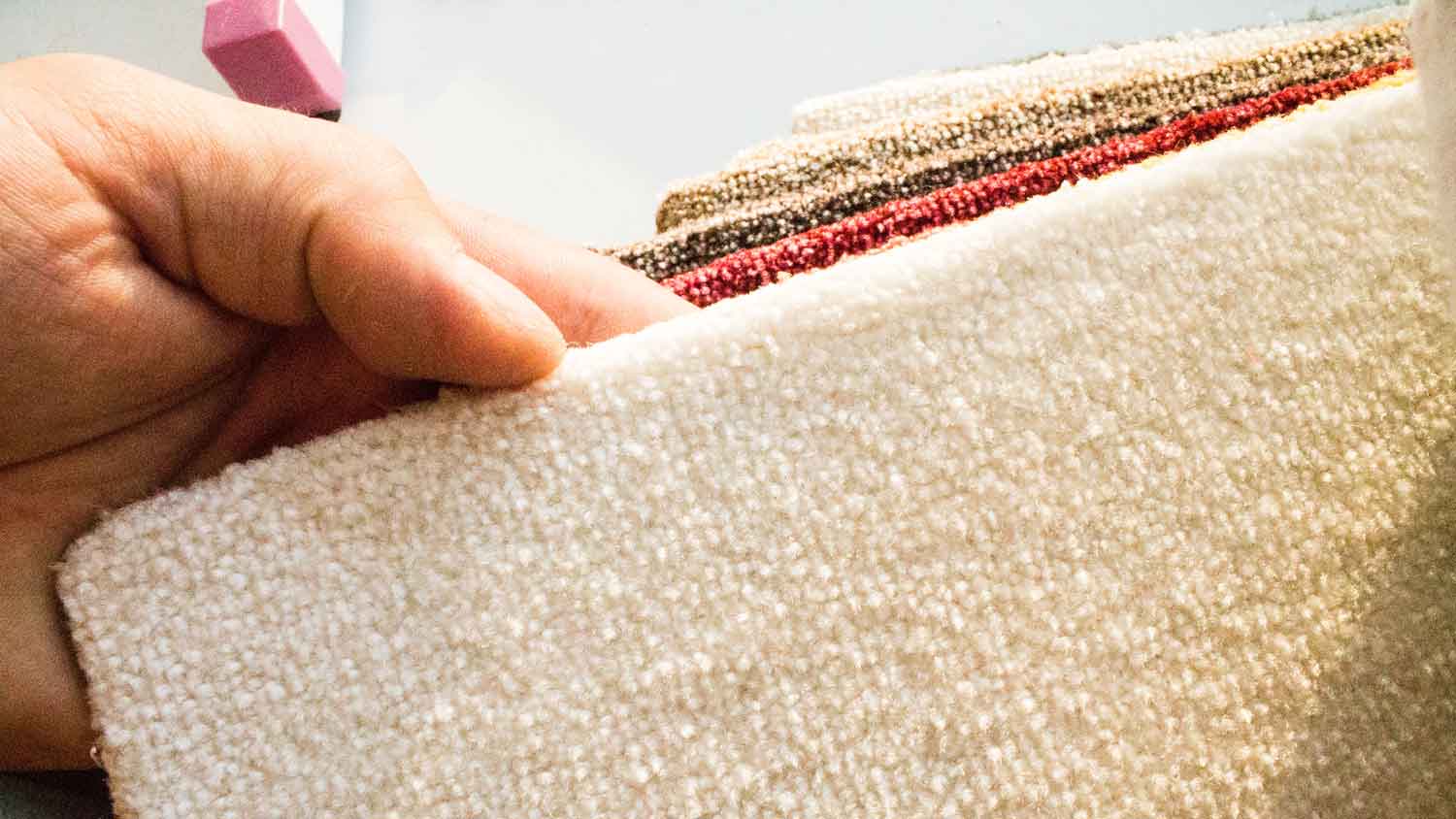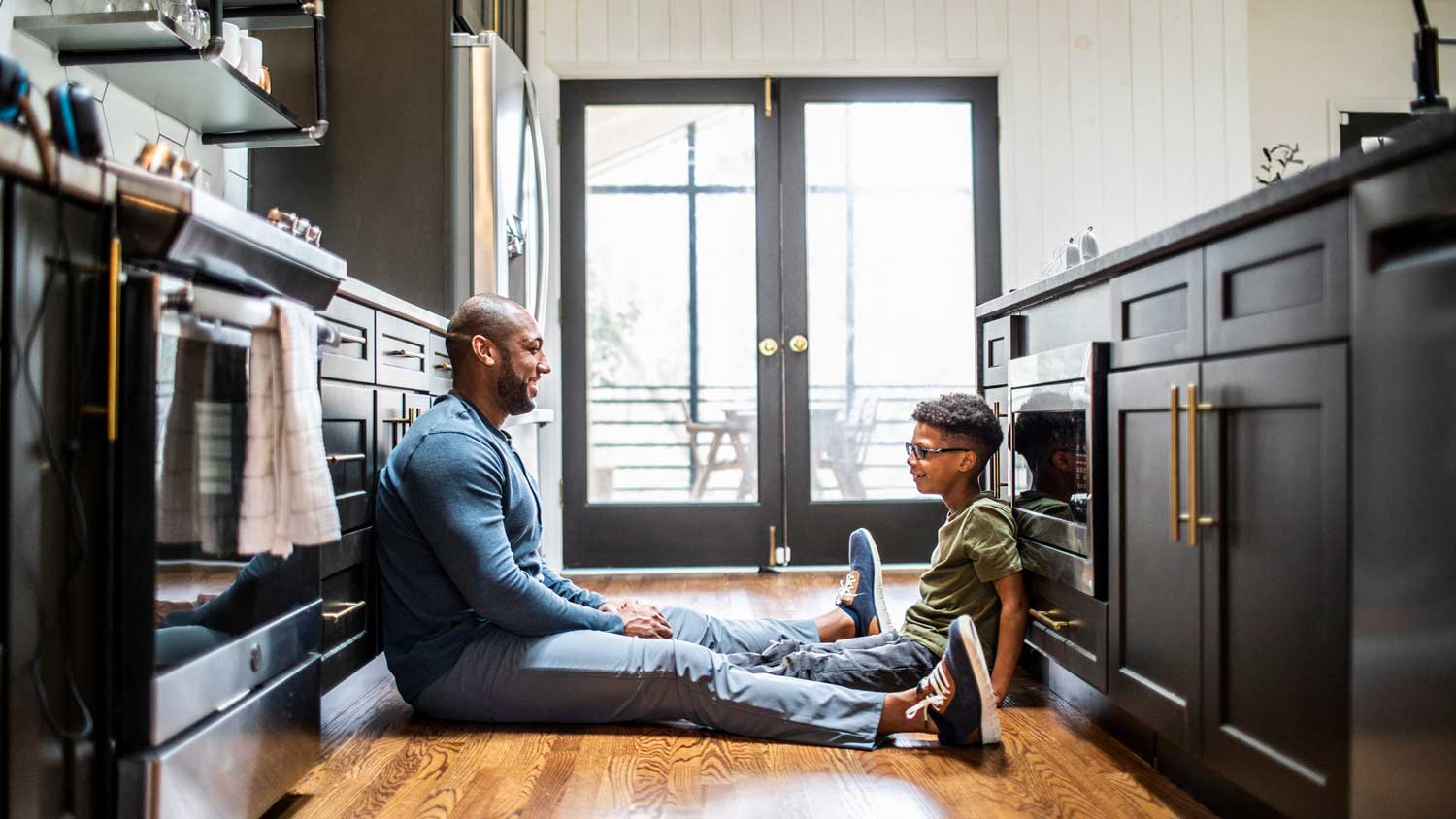
Updated flooring can make any room in your home feel brand new. Explore flooring installation costs in St. Louis, MO, from materials to labor costs.
Tired of your old carpet or laminate? Put a cork in it!


Natural cork is an eco- and foot-friendly flooring material.
Cork flooring is easy to maintain, and installation costs between $5 and $10 per square foot for the materials.
Cork flooring isn’t the best choice for homes with pets because it’s prone to scratches and dents.
You can buy click-together cork flooring, which makes cork installation easily DIYable.
It’s true: Cork can do a lot more than keep your favorite wine fresh. Since the early 1900s, natural cork—which is the bark of Quercus suber, or cork oak tree—has also been used as a flooring material. Offering a comfortable, soft surface to walk on plus easy maintenance and longevity, cork is an increasingly popular alternative to traditional flooring choices like carpet, hardwood, or tile. Here’s what you need to know.
Cork flooring is—you guessed it—flooring made of cork, which is a natural substance harvested from the bark of mature cork oak trees. Cork flooring can be purchased in click-together planks or glue-down tiles (though the latter isn’t as DIY-friendly and is better suited for professional installation). Fully waterproof options are available, too, which means you can use cork flooring in just about any room you desire, from the bathroom to the bedroom to the foyer.
All cork looks at least a little bit like, well, cork, which may not work with everyone’s home aesthetic. However, these days, there are many different finishes available to choose from, offering you plenty of customization options for various living areas.

So, how has cork wound up outside of wine bottles and on floors across America—and beyond?
For starters, cork is far softer underfoot than many other traditional flooring options, like tile and hardwood. Along with making for a more comfortable step, cork is also naturally sound-absorbing, which can dampen noise and reduce echoes in noisy households or those with small children. It might even offer some protection when you drop a water glass or your phone.
However, cork doesn’t have the damage resistance of hardwood flooring options, and pets and furniture can easily cause scrapes or unsightly divots in the material. Plus, cork is prone to fading with prolonged sun exposure, so keep that in mind when deciding where you want to install it.
Here are some more cork flooring pros and cons to consider:
| Pros | Cons |
|---|---|
| Soft to walk on | Prone to dents, scratches, and damage |
| Dampens noise | Can fade in the sun |
| Eco-friendly | Occasional resurfacing required |
| Easy maintenance | Not good for homes with pets |
| Life span of up to 40 years | Easily damaged from furniture |
| Mold-, pest-, and fire-resistant | |
| Affordable | |
| DIY-friendly |
Cork flooring costs between $5 and $10 per square foot, with professional installation adding $2 to $4 per square foot. If you choose to use glue-down tiles instead of click-and-lock planks, the cost doubles, but it’s still likely to be cheaper than the cost of hardwood flooring.
Maintaining cork floors is very similar to maintaining wood floors. You need to regularly sweep and mop cork floors and use felted feet on sliding furniture to help keep it from scratching the floor. You’ll want to hire a pro to resurface the polyurethane finishing coat once every three to 10 years, depending on how much traffic the area sees.
Cork flooring first needs to acclimate to your home. The retailer will deliver all the materials, and the boxes will be left open and otherwise untouched for a few days. Then, you or a pro will need to clean the subflooring and ensure it’s level. Leveling an uneven floor isn’t a DIY job, so if you notice issues with your floor, call in a local flooring company to fix it, even if you’re DIYing the final installation. Next, you or your pro will install a moisture barrier before moving on to the cork plank installation.
Click-together planks are very simple for DIYers to handle if you want to save on labor costs. But keep in mind that flooring jobs are labor-intensive, so it may be worth it to hire out for this project and save yourself some back strain. Additionally, the adhesive on glue-down cork planks sets very quickly, and it can be difficult to line things up perfectly flat and straight. Definitely call in a pro if you opt for glue-down tiles.
Eco-friendliness and responsible harvesting are huge issues in the flooring industry. Some types of flooring aren’t very eco-conscious. For example, ipe, a popular hardwood, is endangered according to the CITES Appendices and may be the victim of illegal harvesting practices, according to a study from Chalmers University published by Phys.org.
However, cork doesn’t have those problems. Cork harvesting doesn’t permanently harm the trees, which are evergreen. The flooring is harvested from their bark, and harvesters do not need to chop down the trees to collect the bark. Additionally, it takes only 10 years on average for the trees to regrow their bark.
From average costs to expert advice, get all the answers you need to get your job done.

Updated flooring can make any room in your home feel brand new. Explore flooring installation costs in St. Louis, MO, from materials to labor costs.

Discover natural stone flooring costs for your home. Learn about material, labor, and installation factors to budget confidently for your flooring project.

The cost to install Pergo® flooring depends on the type of flooring you choose. This brand is known for its laminate but has other things to offer.

Discover the cost to install indoor-outdoor carpet. Learn about average prices, key cost factors, and tips to save on your next flooring project.

Learn how to fix scratches in bamboo flooring with these simple DIY strategies and what to do to prevent them from returning.

Floor joists are an important part of your flooring system. Learn more about what a floor joist is, what it does, and when to repair it.